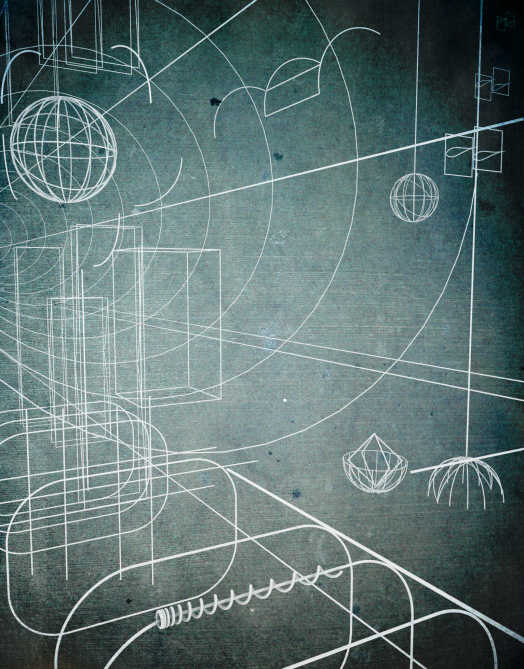Ancient Babylonians ''first to use geometry''
London
Ancient Babylonians were the first to use sophisticated geometry to track Jupiter across the night sky, at least 1,400 years earlier than earlier thought, a new study suggests.
Previously, the origins of geometry — the branch of mathematics that deals with shapes — had been traced to the 14th Century.
"I wasn't expecting this. It is completely fundamental to physics, and all branches of science use this method," said Professor Mathieu Ossendrijver from the Humboldt University of Berlin.
The Ancient Babylonians once lived in what is now Iraq and Syria. The civilisation emerged in about 1,800 BC.
Clay tablets engraved with their Cuneiform writing system have already shown these people were advanced in astronomy.
The new study now shows they were also way ahead when it came to maths, BBC News reported.
It had been thought that complex geometry was first used by scholars in Oxford and Paris in medieval times.
However, scientists now believe the Babylonians developed this technique around 350 BC.
Researchers examined five Babylonian tablets that were excavated in the 19th Century. The script shows that they were using four-sided shapes, called trapezoids, to calculate when Jupiter would appear in the night sky, and also the speed and distance that it travelled.
"This figure — a rectangle with a slanted top — describes how the velocity of a planet, which is Jupiter, changes with time," Ossendrijver said.
"We have a figure where one axis, the horizontal side, represents time, and the other axis, the vertical side, represents velocity. The area of trapezoid gives you the distance travelled by Jupiter along its orbit," he added. — PTI









